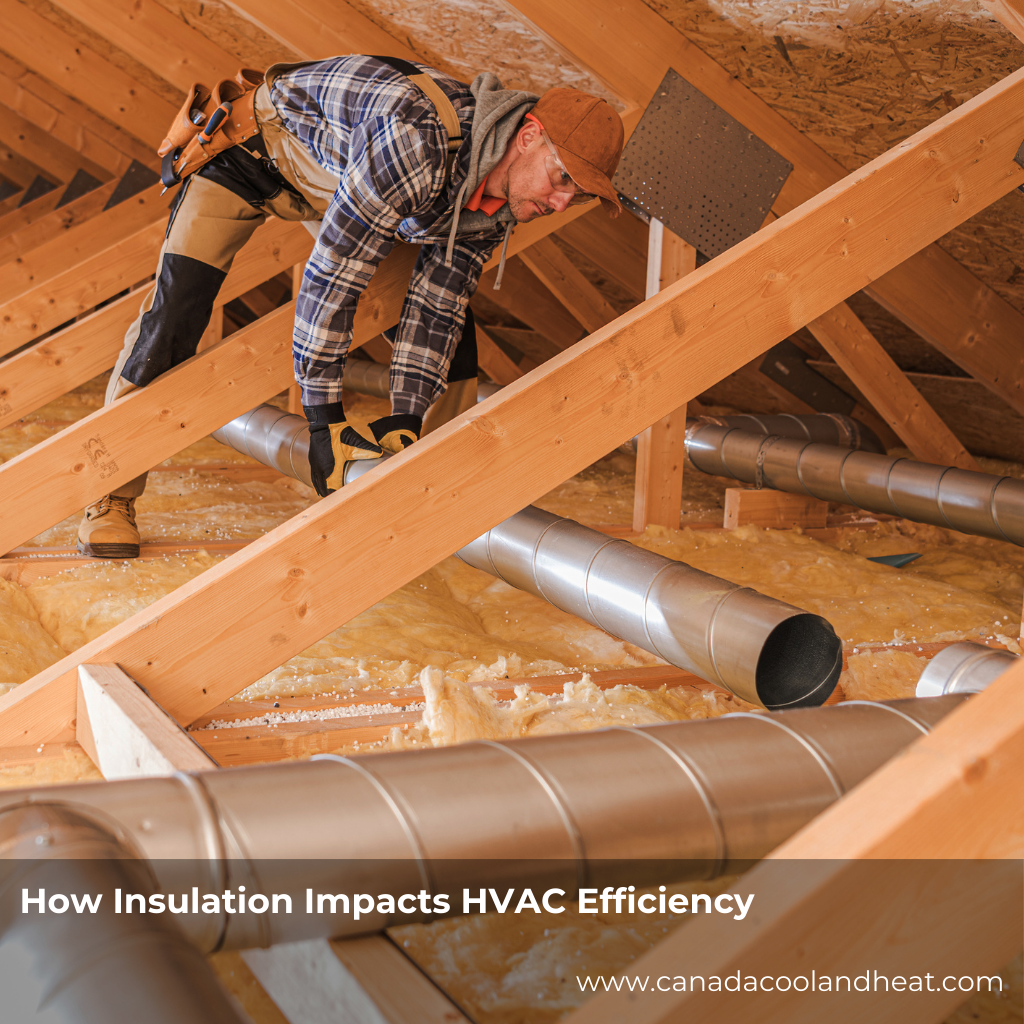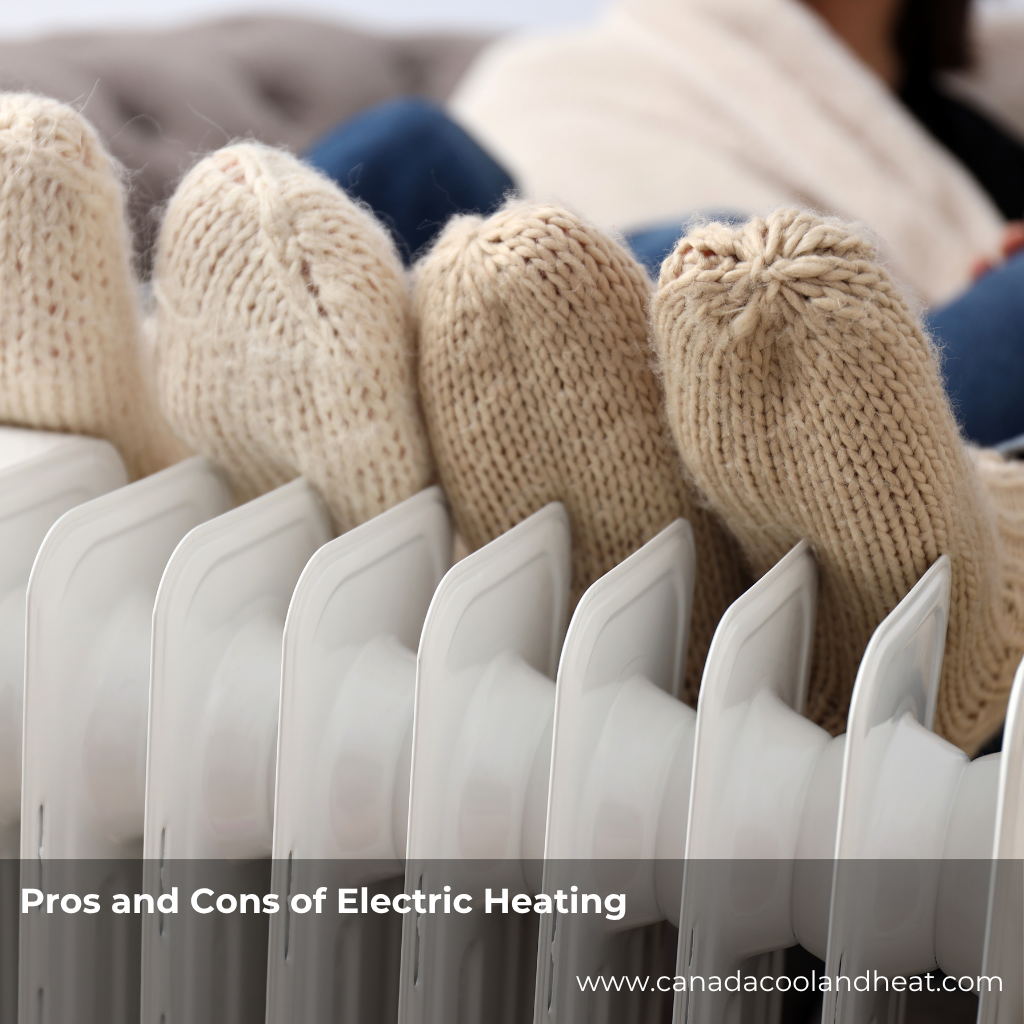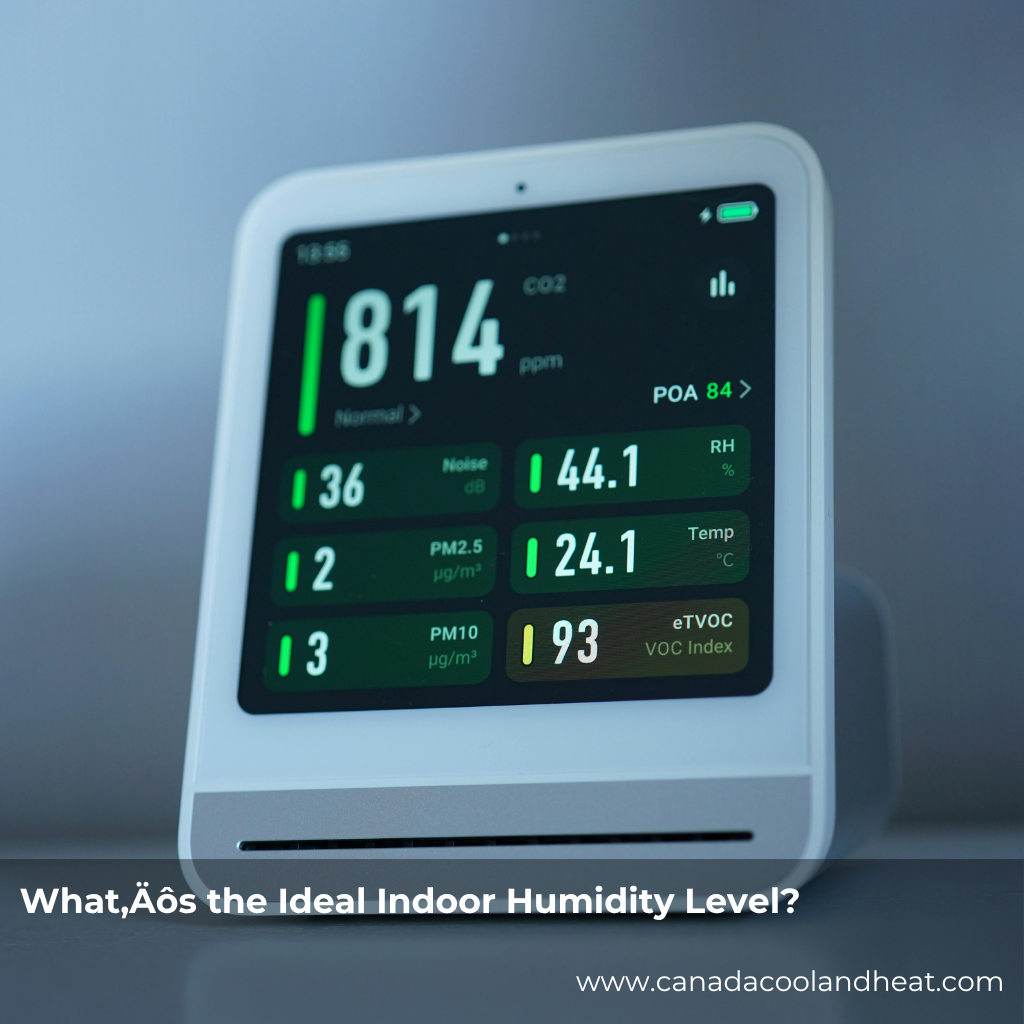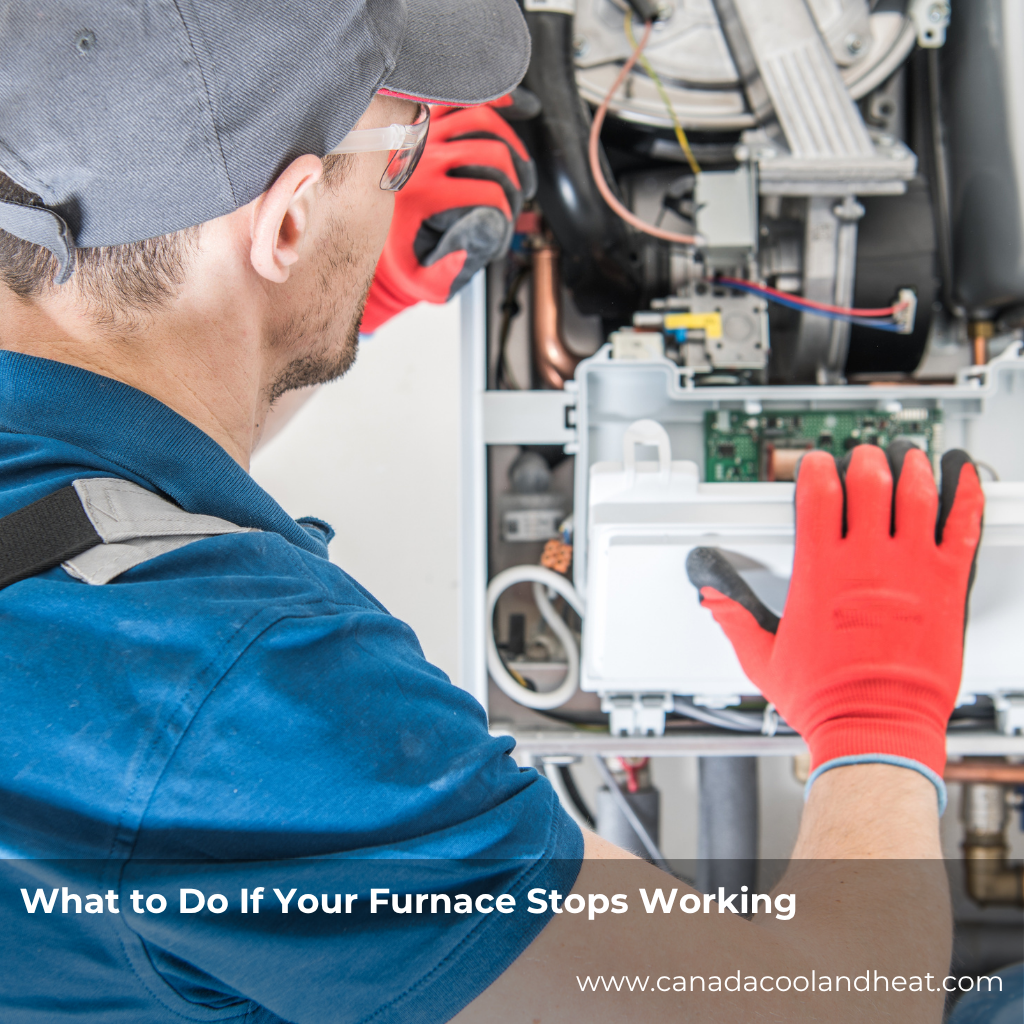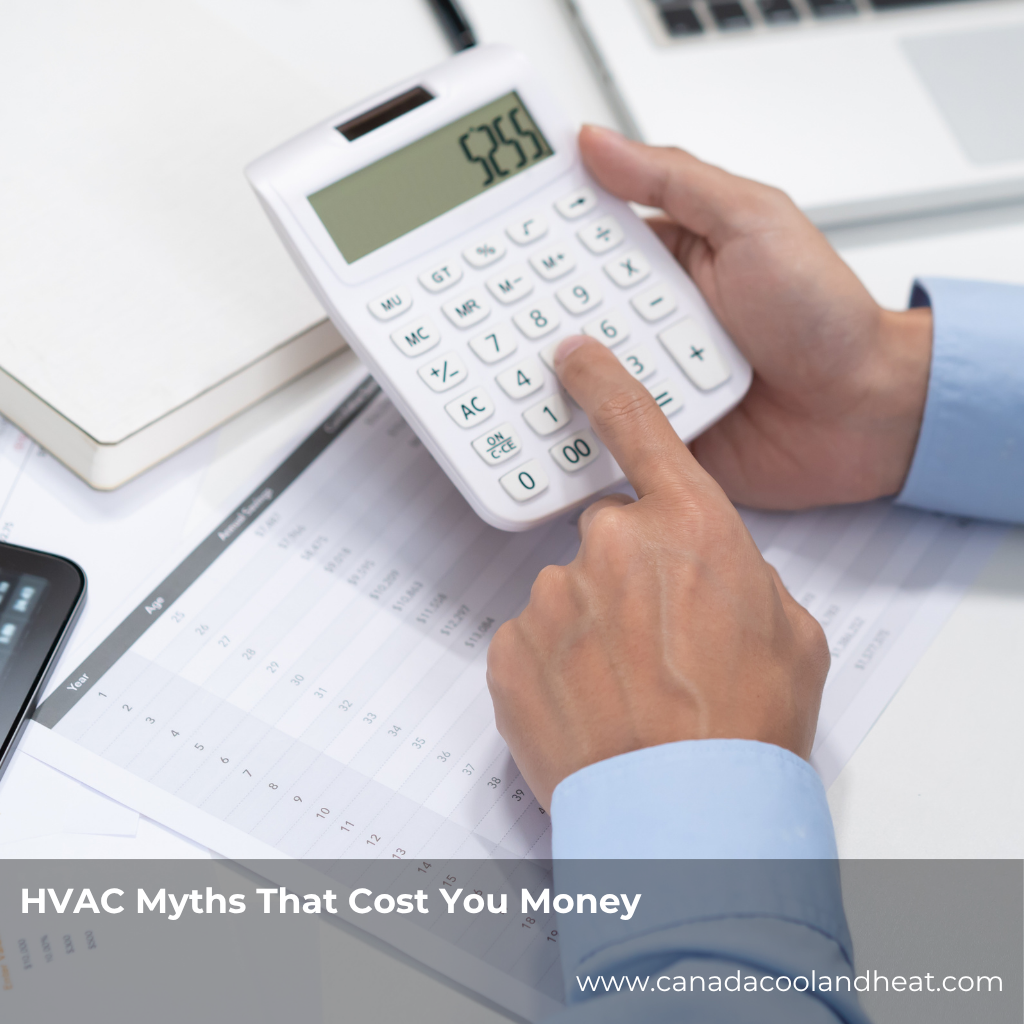Why Insulation Matters for HVAC Efficiency
Imagine cranking up your air conditioner in summer, only to feel hot drafts slipping through cracks in the walls or ceiling. That’s what happens when insulation is lacking — your HVAC system works harder, runs longer, and costs you more.
In kitchens, this challenge is amplified:
-
Heat load from cooking: Boiling pots, hot ovens, and stovetops add significant heat.
-
Moisture from steam: Trapped humidity raises indoor discomfort and can overwork HVAC systems.
-
Air pressure imbalances: Without insulation, conditioned air escapes while unconditioned air sneaks in.
Good insulation helps stabilize the indoor environment, reducing strain on HVAC equipment even when appliances are at full blast.
The Role of Vent Hoods in Kitchens
Now, let’s zoom in on the heart of the matter: vent hoods.
A range hood doesn’t just remove cooking odors — it actively pulls large volumes of air out of your kitchen. While this is essential for indoor air quality, it also creates a challenge: when air is exhausted, it must be replaced. If your HVAC system isn’t prepared for this exchange, efficiency drops.
Here’s how vent hoods influence HVAC balance:
-
Air Loss: High-powered hoods can remove 600–1200 cubic feet of air per minute (CFM). That’s a lot of conditioned air leaving your home.
-
Negative Pressure: If makeup air isn’t supplied, your HVAC system works harder to pull in outside air — sometimes through leaky walls or ducts.
-
Energy Waste: Heated or cooled air being sucked out leads to higher utility bills.
The result? Your HVAC system is constantly chasing equilibrium, struggling to keep up.
Proper Ventilation for Cooking
The solution isn’t to avoid using your vent hood — it’s to design ventilation with balance in mind.
A good system accounts for three things:
-
Exhaust: Removing heat, smoke, and grease particles efficiently.
-
Makeup Air: Supplying fresh air to replace what’s lost.
-
Distribution: Ensuring new air is conditioned and evenly delivered.
For residential kitchens, this might mean installing a makeup air unit tied into your HVAC system. For commercial kitchens, large-scale air balancing becomes even more critical. Either way, the principle is the same: air out, air in — without overloading the system.
Sizing Guidelines for Range Hoods
Choosing the right size vent hood is a balancing act between effectiveness and HVAC harmony. Here are general guidelines:
1. Width
-
Your vent hood should be at least as wide as your cooking surface.
-
Ideally, it extends 3–6 inches wider than the cooktop on each side.
2. Power (CFM)
-
Electric cooktops: About 100 CFM for every 10 inches of cooktop width.
-
Gas cooktops: About 100 CFM for every 10,000 BTUs of total burner output.
-
Light residential cooking: 250–400 CFM is often sufficient.
-
Heavy-duty or commercial-style ranges: 600–1200 CFM or more may be required.
3. Ductwork
-
Keep duct runs as short and straight as possible.
-
Use smooth, rigid ducting instead of flexible types.
-
Match duct size to the hood’s specifications (usually 6–10 inches).
4. Makeup Air
-
Codes in many regions now require makeup air systems for hoods over 400 CFM.
-
This ensures balanced airflow and prevents back-drafting of combustion appliances.
When these guidelines are followed, your kitchen enjoys cleaner air while your HVAC system remains efficient.
A Story of Two Kitchens
Consider this scenario:
-
Kitchen A has a powerful vent hood but no makeup air. Every time the hood runs, the HVAC struggles, drafts creep in, and energy bills spike.
-
Kitchen B has proper insulation, a right-sized hood, and a makeup air system integrated with HVAC. The result? Fresh air, stable temperatures, and lower costs.
The difference isn’t in the food they cook — it’s in how they designed ventilation to work with, not against, the HVAC system.
Conclusion
Insulation may not be the flashiest part of a kitchen, but it’s the foundation of HVAC efficiency. Pair it with properly sized vent hoods and balanced airflow, and you’ll create a kitchen that smells fresh, feels comfortable, and keeps energy bills in check.
So the next time you flip on your range hood, remember: the secret to a healthier, more efficient home isn’t just in what you cook — it’s in how your kitchen breathes.
FAQs
1. Why does my kitchen feel drafty when the range hood is on?
Because the hood exhausts large amounts of air, negative pressure can pull unconditioned air in through cracks or ducts. A makeup air system helps fix this.
2. What happens if my vent hood is oversized?
It may pull out too much conditioned air, straining your HVAC system and wasting energy. Proper sizing is essential.
3. Can insulation really affect kitchen comfort?
Yes. Without insulation, conditioned air escapes and humidity lingers, making it harder for HVAC to regulate temperature.
4. How do I know if I need a makeup air system?
If your hood is over 400 CFM or if you notice drafts and imbalances when cooking, a makeup air system is recommended.
5. What’s the best CFM for a residential range hood?
For most homes, 250–400 CFM works well for light cooking. Larger gas ranges may require 600 CFM or more.
6. Does duct length matter for hood performance?
Absolutely. Longer, winding ducts reduce airflow efficiency. Short, straight ducts are best.
7. Are ventless hoods a good option?
They filter odors but don’t exhaust heat and moisture outside, so they’re less effective for HVAC balance.
8. How does cooking with gas affect ventilation needs?
Gas produces heat, moisture, and combustion byproducts, requiring more powerful hoods than electric.
9. Do building codes regulate kitchen ventilation?
Yes. Many codes require makeup air for high-powered hoods and specify duct sizing for safety and efficiency.
10. Can I retrofit a makeup air system into my kitchen?
In many cases, yes. An HVAC professional can design a system that integrates with your existing setup.

